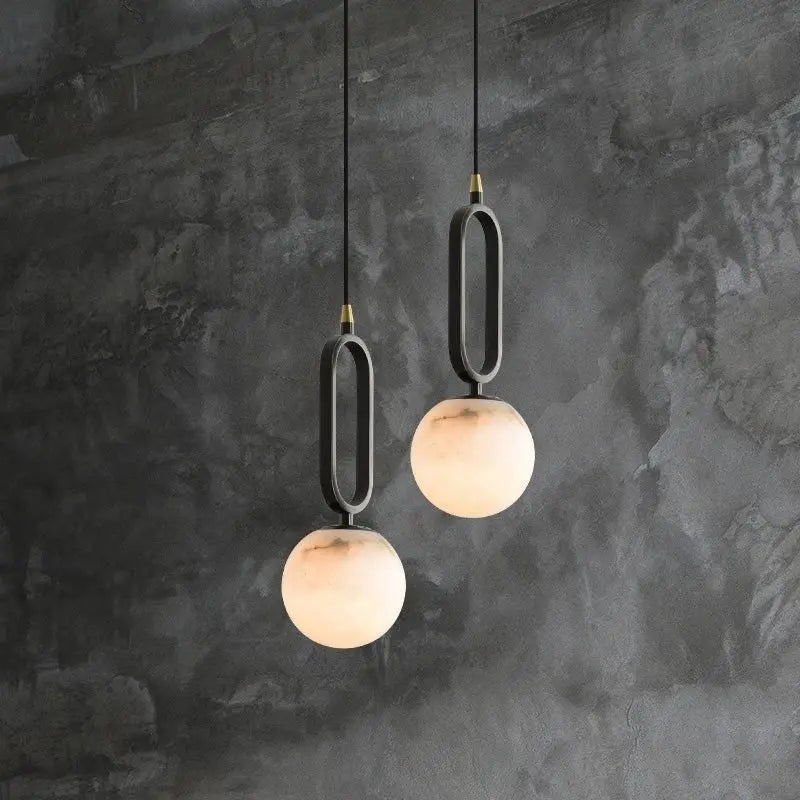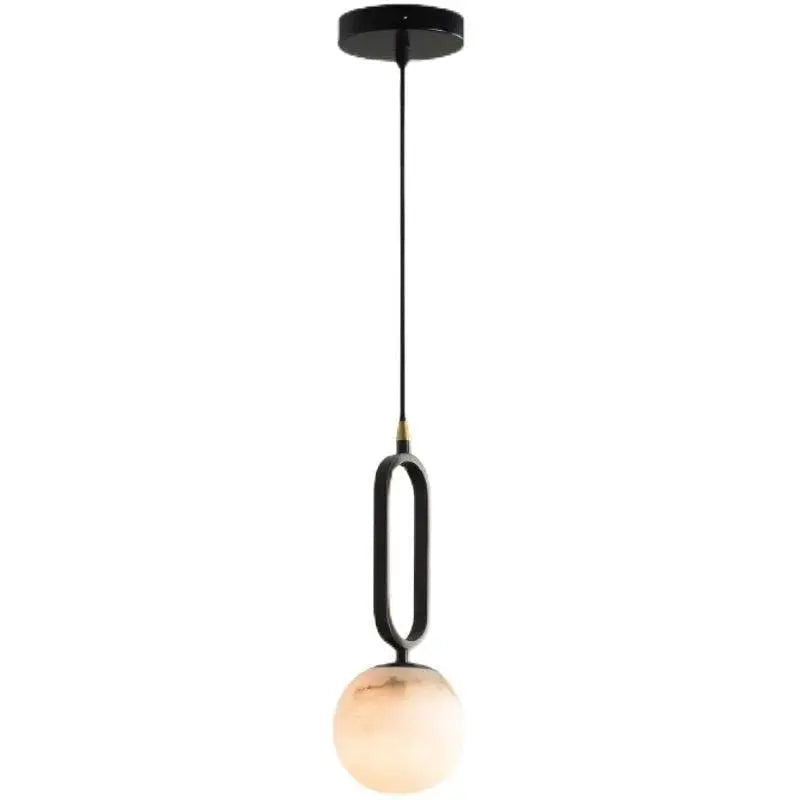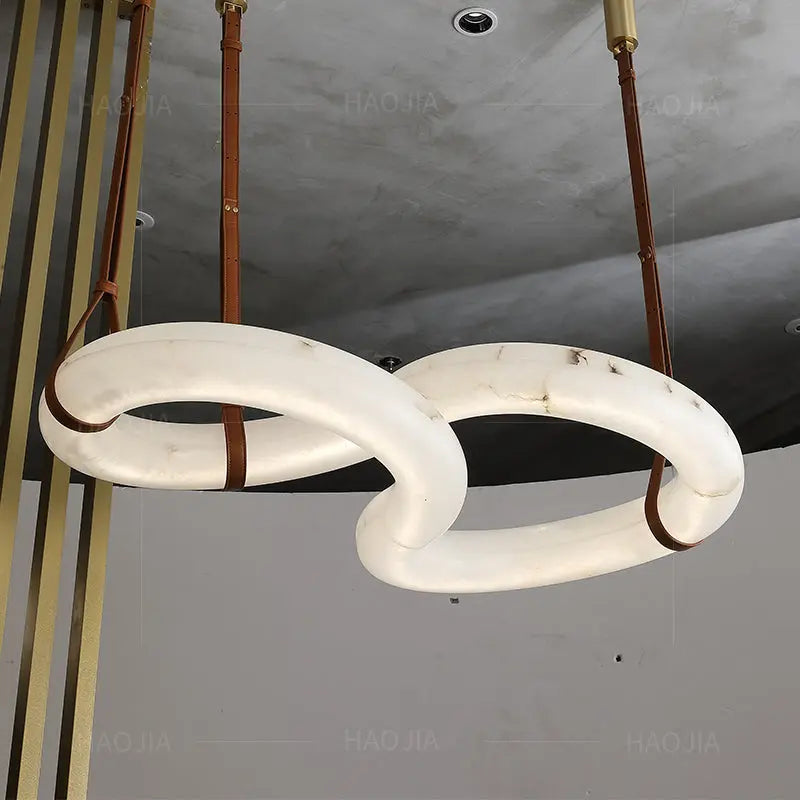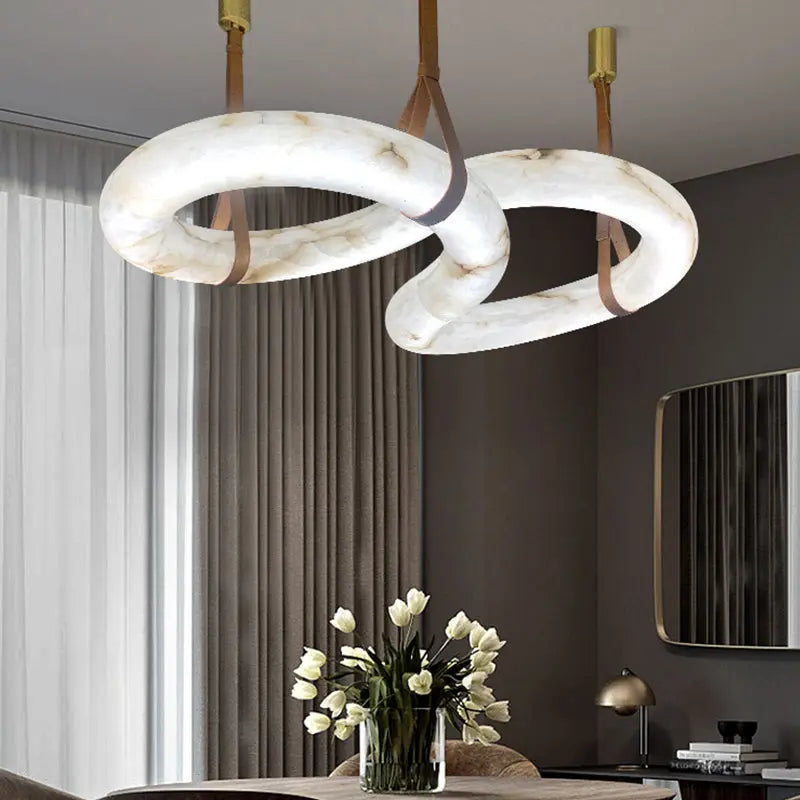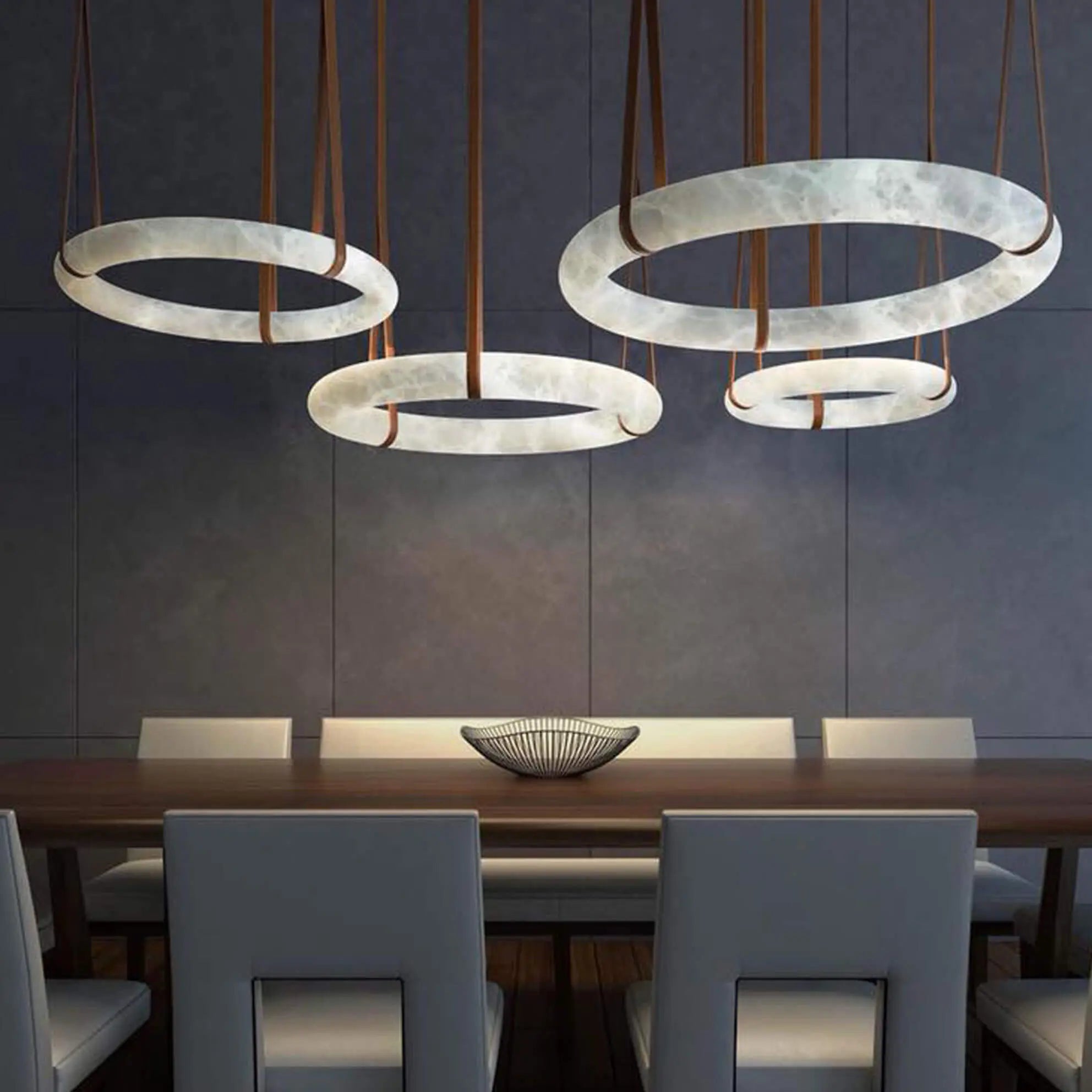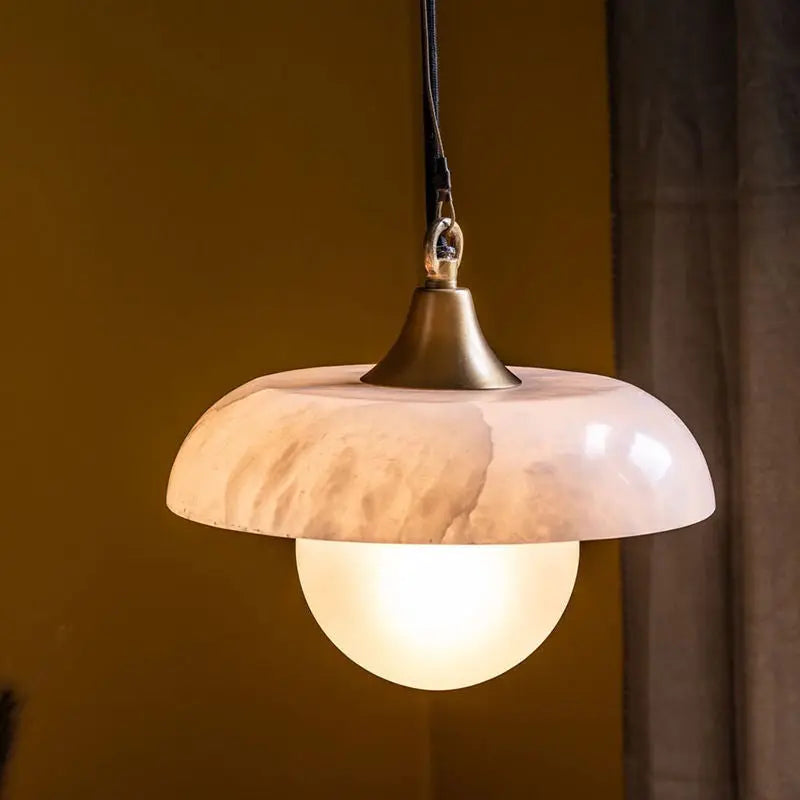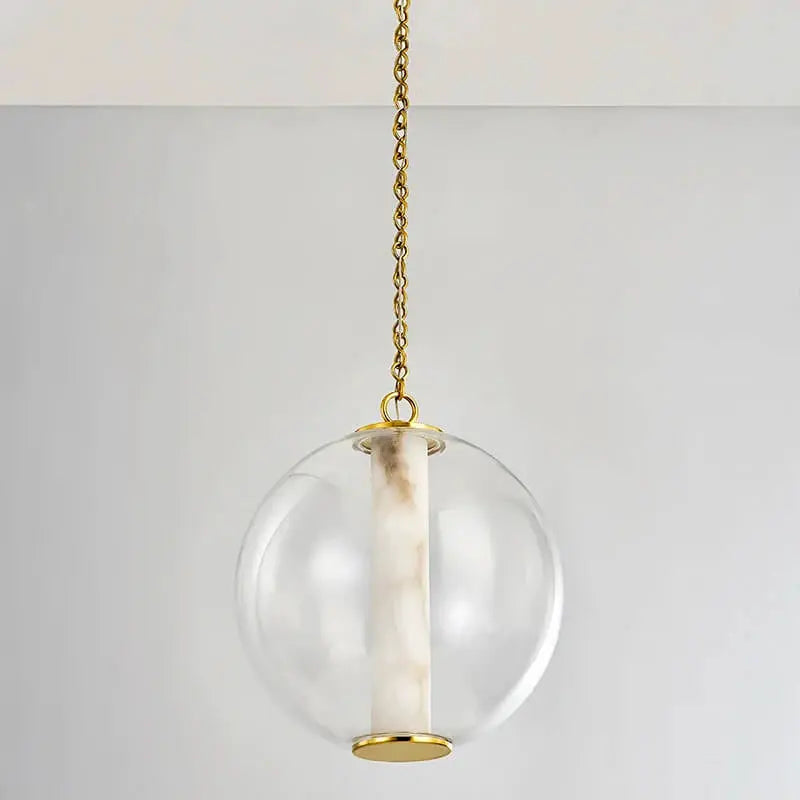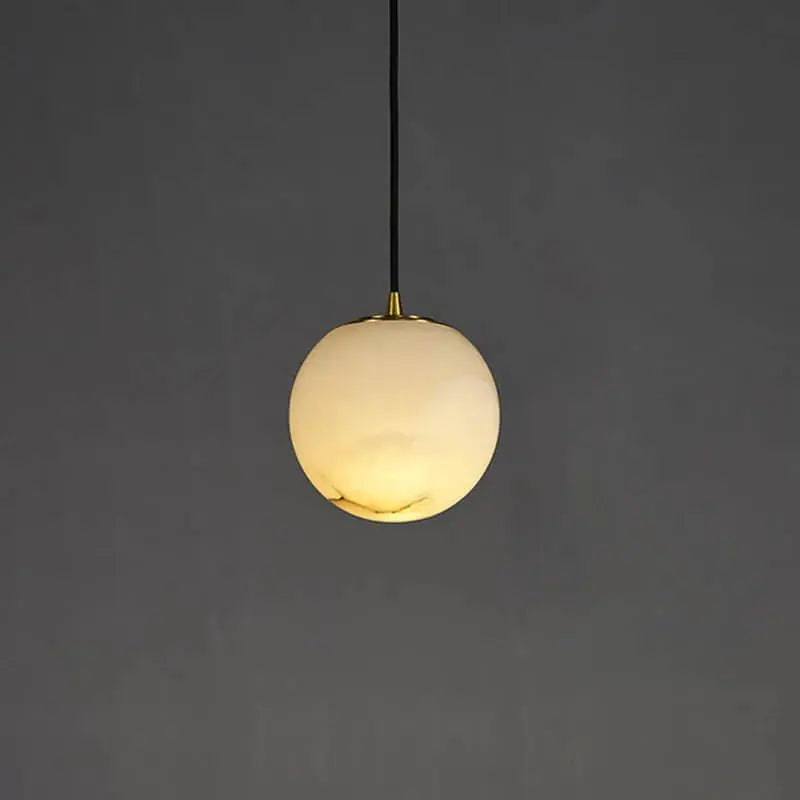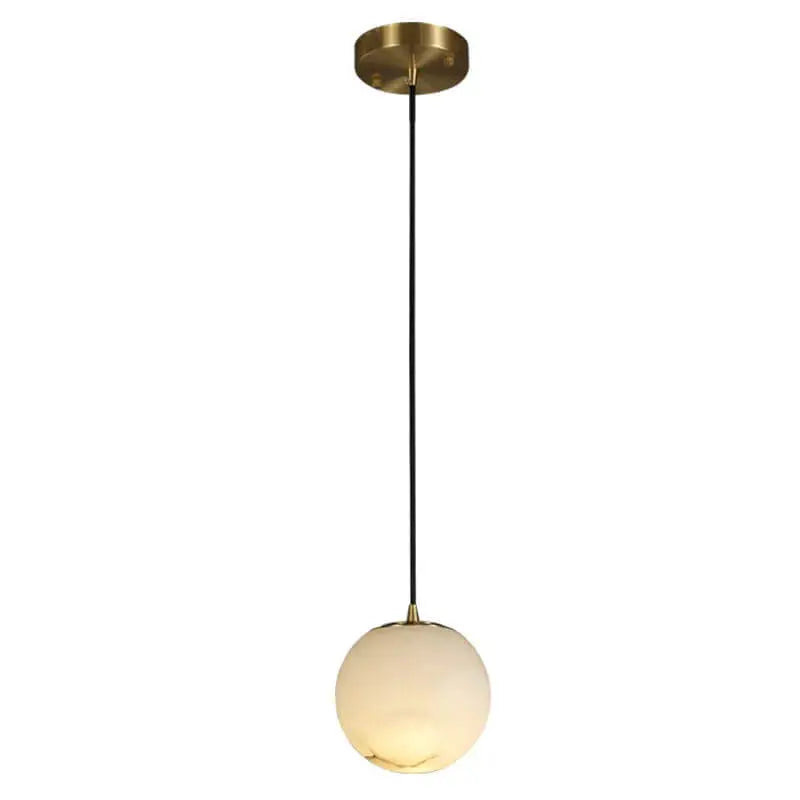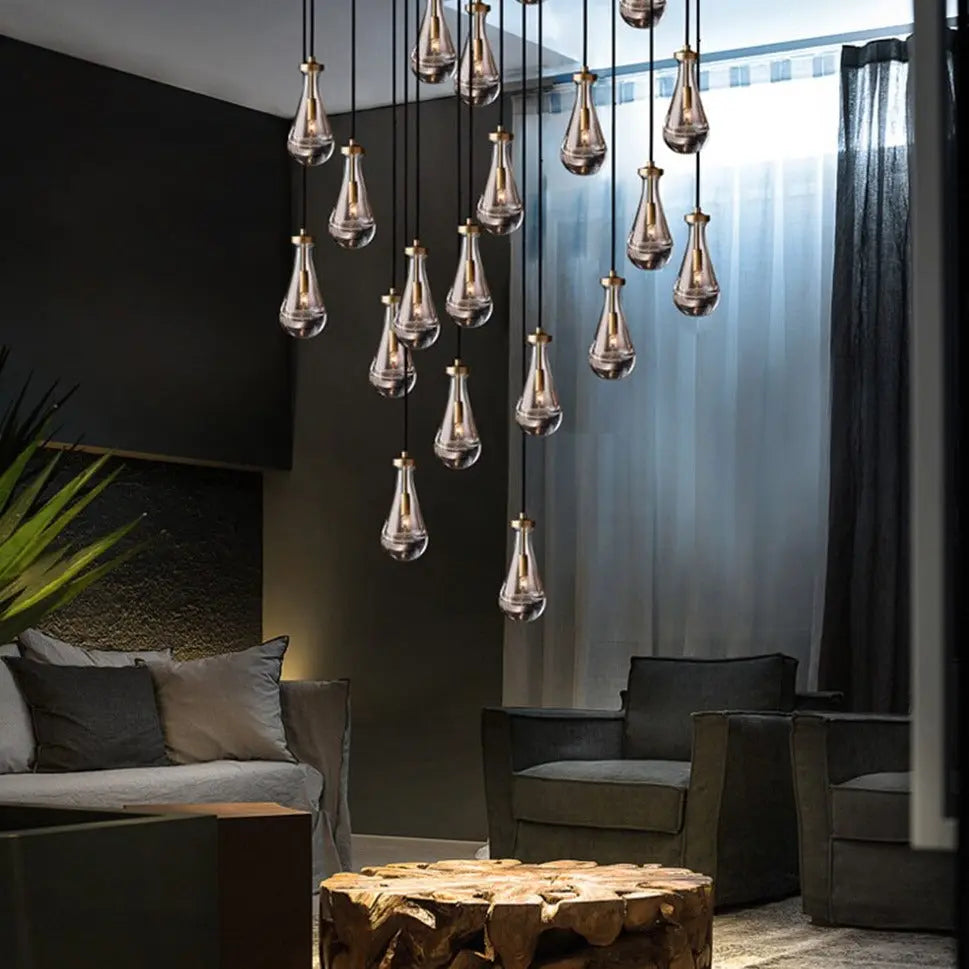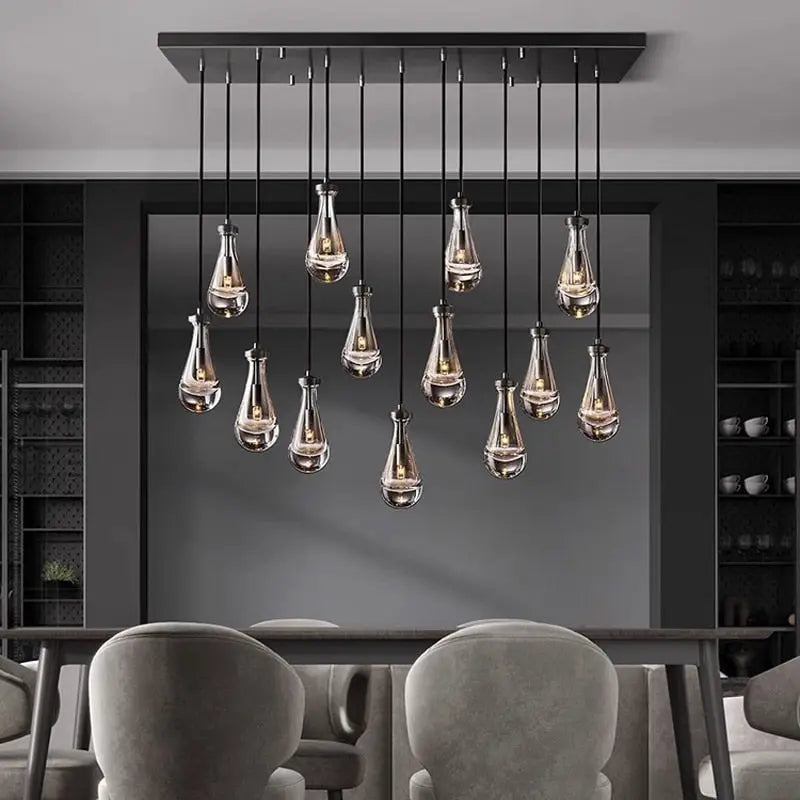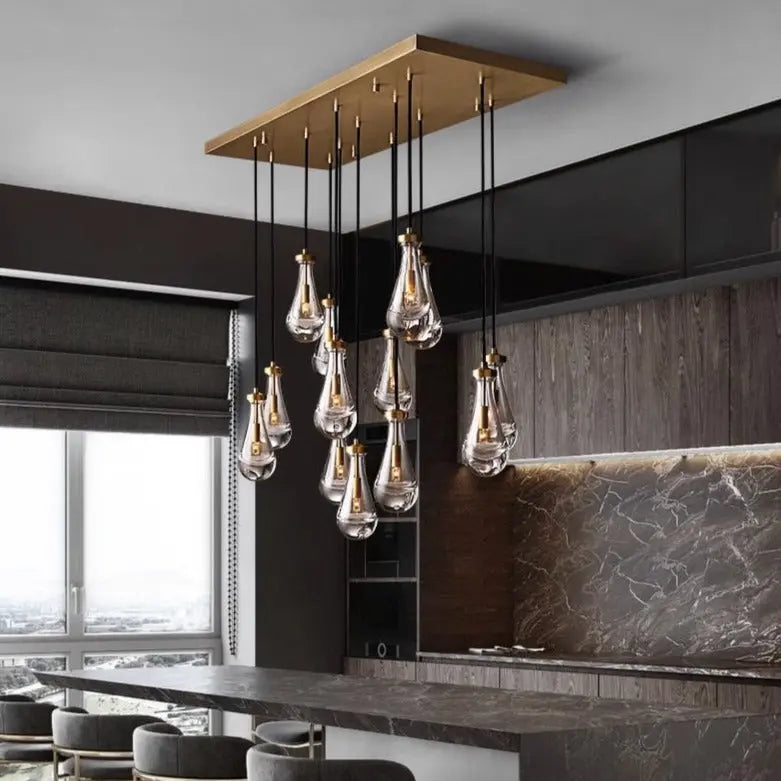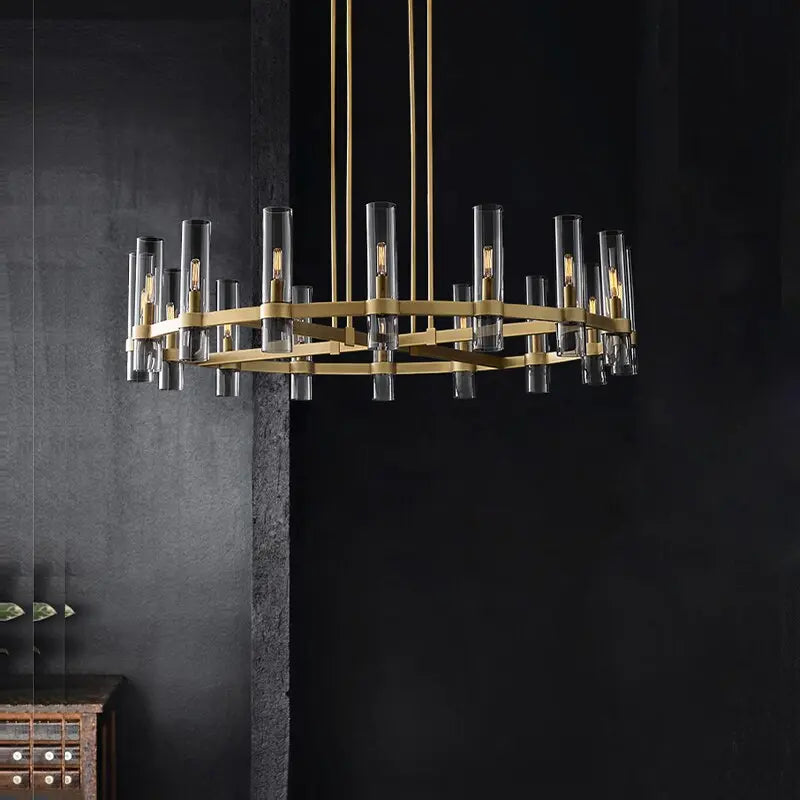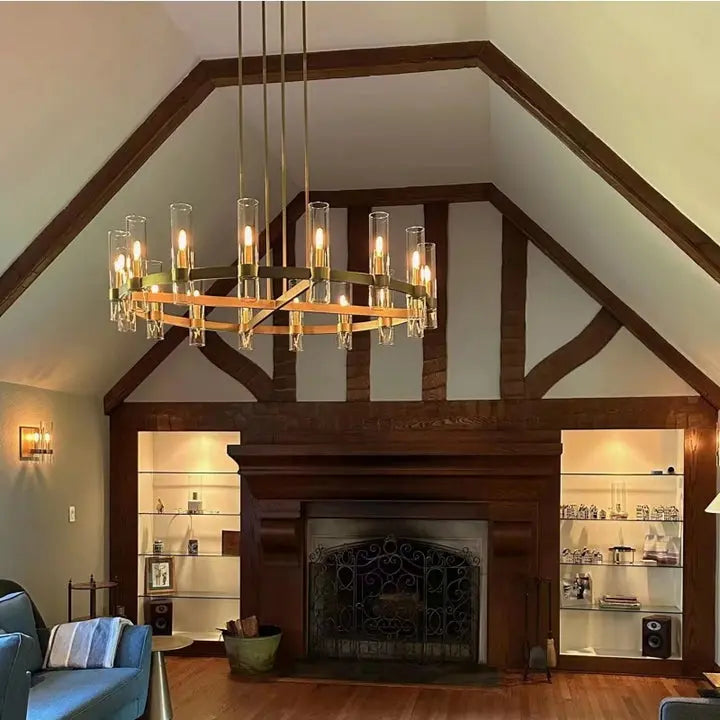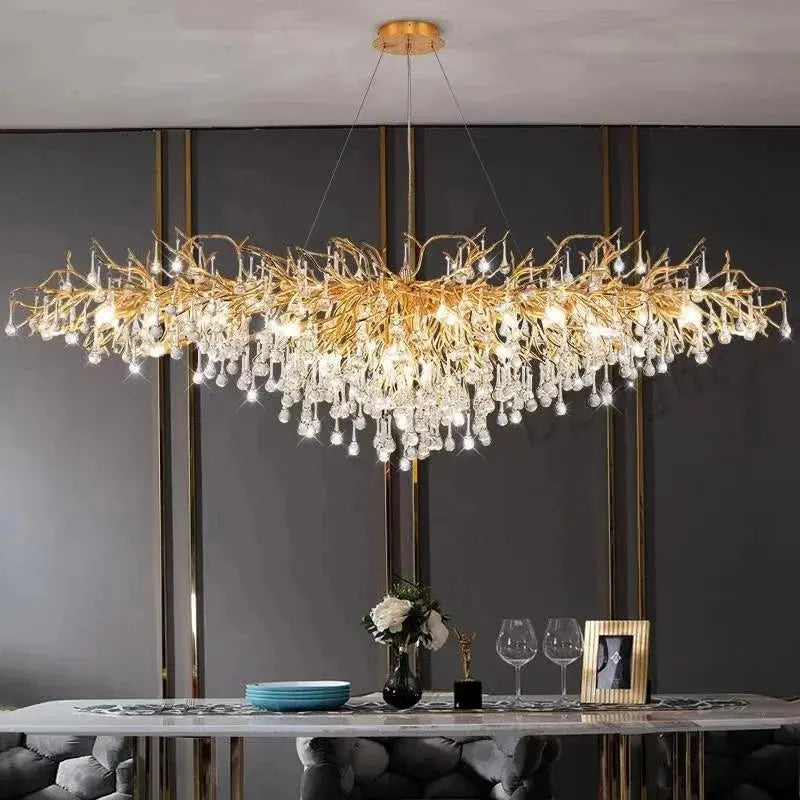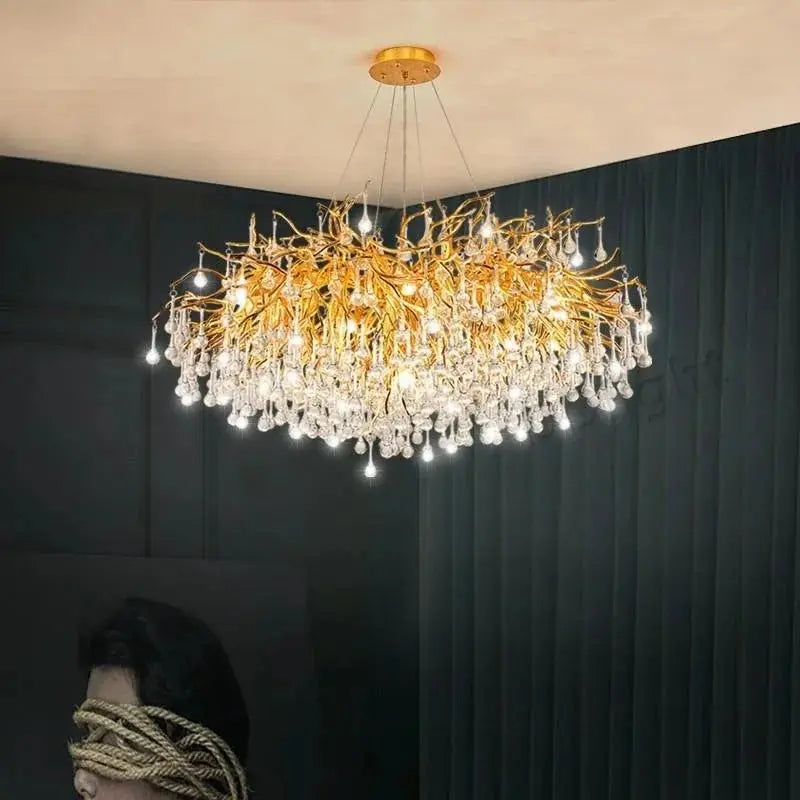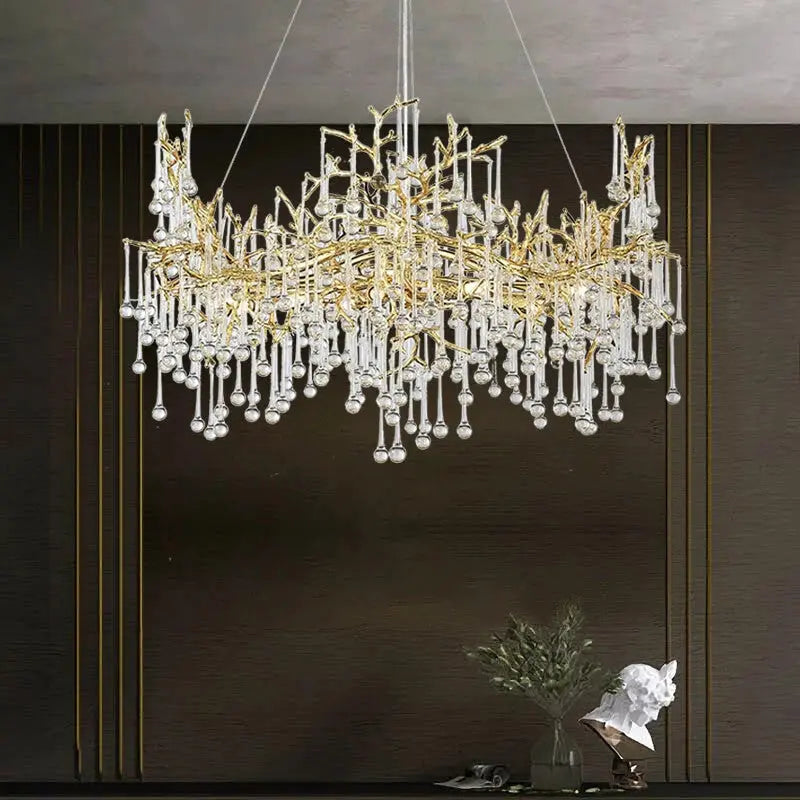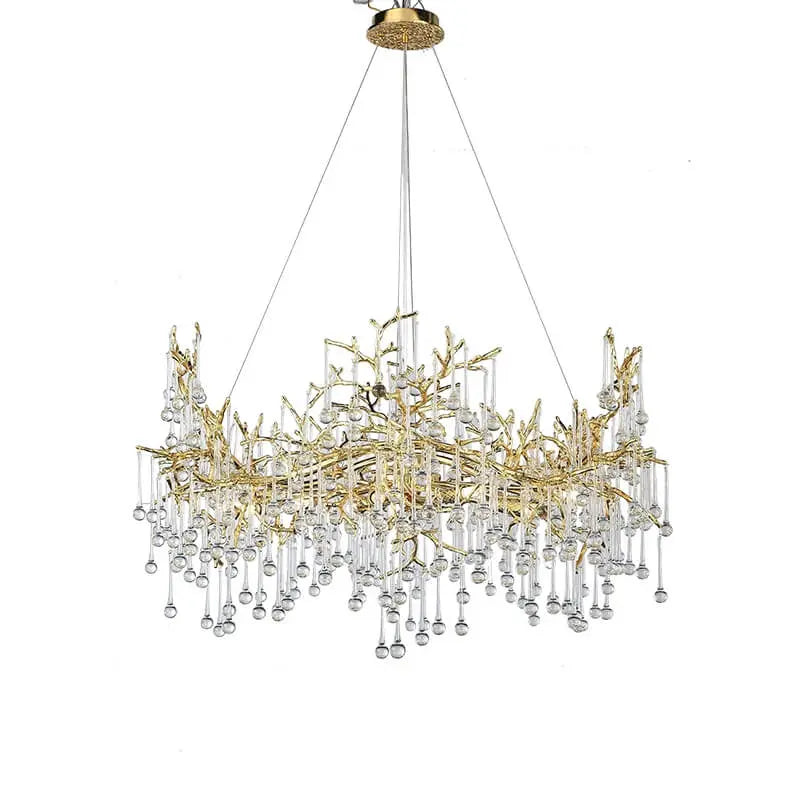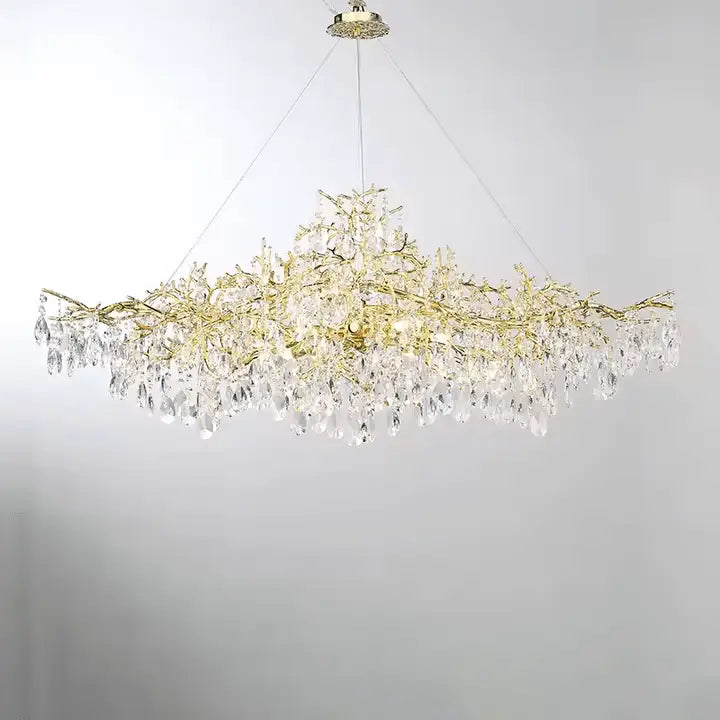Creating a minimalist living room is about more than just reducing clutter. It's about making a space that feels open, calm, and functional. With the right approach, you can design a living room that is both stylish and serene. From choosing the perfect color palette to selecting essential furniture, every detail matters. Let's explore some key strategies to achieve the perfect minimalist living room decor.
Key Takeaways
- Choose a neutral color palette to create a calming atmosphere.
- Select multi-functional furniture to maximize space and utility.
- Incorporate natural elements like wood and plants to add warmth.
- Maximize natural light to make the room feel more open and airy.
- Keep the space organized and clutter-free for a clean look.
Choosing the Right Color Palette
Creating a minimalist living room starts with selecting the perfect color palette. The right colors can make your space feel open, calm, and inviting. Here are some tips to help you choose the best colors for your minimalist living room decor.
Selecting Essential Furniture
Opt for Multi-Functional Pieces
When choosing furniture for a minimalist living room, multi-functional pieces are key. Look for items that serve more than one purpose, like a sofa bed or a coffee table with storage. This not only saves space but also keeps the room looking clean and organized. For example, a sleek sofa bed can be perfect for guests, while a coffee table with hidden storage can keep clutter out of sight.
Prioritize Comfort and Style
Comfort doesn't have to be sacrificed for style. Choose furniture that is both cozy and visually appealing. Think about investing in a high-quality sofa that will stand the test of time. A comfortable chair can also be a great addition, especially if it has a unique design that adds character to the room. Remember, minimalist design is about quality over quantity, so pick pieces that you love and that will last.
Limit the Number of Items
In a minimalist living room, less is more. Limit the number of furniture items to avoid a cluttered look. Stick to the essentials: a sofa, a coffee table, and perhaps a chair or two. This will make the room feel more open and spacious. Floating furniture in the center of the room can also improve flow and make the space feel larger. By keeping the furniture to a minimum, you can create a serene and inviting atmosphere.
Incorporating Natural Elements
Use Wooden Furniture
Wooden furniture brings a warm and inviting feel to any living room. Opt for pieces with clean lines and simple designs to maintain a minimalist look. Mixing different wood finishes can add depth and interest without overwhelming the space. For example, a light oak coffee table paired with darker walnut shelves can create a balanced and cohesive look.
Add Greenery and Plants
A little green goes a long way in a minimalist living room. Plants not only add a pop of color but also bring life and freshness to the space. Choose low-maintenance plants like succulents or snake plants if you're not confident in your gardening skills. Remember, even a single well-placed plant can make a significant impact.
Integrate Natural Textures
Incorporating natural textures like jute, wool, or linen can add warmth and coziness to your living room. Consider a jute rug, wool throw blankets, or linen cushions. These materials not only look great but also feel wonderful to the touch, enhancing the overall comfort of your space.
Embracing natural elements in your living room decor can create a serene and inviting atmosphere, balancing beauty and practicality.
By thoughtfully incorporating these elements, you can achieve a minimalist living room that is both stylish and eco-friendly.
Maximizing Light and Space
Utilize Natural Light
Natural light is your best friend when it comes to creating a bright and airy minimalist living room. Keep your windows clean and free from heavy drapes to let in as much light as possible. If privacy is a concern, consider using sheer curtains that allow light to filter through while still providing some coverage. Mirrors can also be strategically placed to reflect light and make the room feel larger.
Choose Minimalist Lighting Fixtures
When natural light isn't enough, opt for minimalist lighting fixtures. Simple, sleek designs like pendant lights or recessed lighting can provide ample illumination without overwhelming the space. Avoid bulky chandeliers and instead, choose fixtures that blend seamlessly with your decor. This approach not only enhances the room's brightness but also maintains a clean, uncluttered look.
Keep Windows Unobstructed
To maximize the amount of light entering your living room, keep windows unobstructed. Avoid placing large furniture pieces or heavy decor items in front of windows. Instead, use low-profile furniture that doesn't block the light. This not only brightens up the room but also creates a sense of openness and space, which is essential for minimalist living room decor.
In a small apartment, maximizing light and space can make a significant difference in how open and inviting your living room feels. Simple changes like keeping windows clear and choosing the right lighting can transform your space.
By following these tips, you can create a bright, spacious, and welcoming living room that embodies the principles of minimalism.
Creating a Focal Point
A minimalist living room can sometimes feel too plain. To avoid this, it's important to create a focal point that draws the eye and adds interest to the space. A well-chosen focal point can bring the whole room together. Here are some ways to achieve this:
Use Statement Art Pieces
Incorporate a large piece of art that stands out. This could be a painting, a photograph, or even a sculpture. The key is to choose something that reflects your personal style and complements the room's color palette. Remember, less is more, so one striking piece is often enough.
Incorporate a Unique Furniture Item
A unique piece of furniture can serve as a focal point. This could be a vintage coffee table, an eye-catching chair, or a modern sofa. Make sure it fits well with the rest of your decor and doesn't overwhelm the space.
Highlight Architectural Features
If your living room has interesting architectural features like a fireplace, exposed beams, or a large window, use these to your advantage. Highlight these features with subtle decor elements like a simple mantelpiece or elegant curtains. This will draw attention to the room's natural beauty and create a cohesive look.
Organizing and Decluttering
Implement Smart Storage Solutions
To keep your living room tidy, store everything you need out of sight. Use cabinets, drawers, and shelves to hide items that aren't used daily. Bookshelves can hold books and a few simple decorations, but avoid overloading them. This will help maintain a clean and minimalist look.
Maintain a Clutter-Free Environment
A clutter-free space is key to minimalist decor. Start by focusing on one room at a time. Clear floors and surfaces, keeping only essential items. If you can live without something, it's best to remove it. This approach will make your living room feel more open and peaceful.
Regularly Reassess Your Space
It's important to regularly reassess your living room. Every few months, take a fresh look at the room and see if there's anything you can simplify further. Ask yourself if each item is essential or if it can be stored out of sight. This ongoing process will help you maintain a minimalist and organized living room.
A well-organized and decluttered living room creates a calm and inviting space, perfect for relaxation and unwinding after a long day.
Adding Personal Touches
Select Meaningful Decor
When decorating a minimalist living room, it's important to choose items that hold personal significance. Meaningful decor can make your space feel more inviting and unique. Instead of filling your room with random objects, select pieces that tell a story or remind you of special moments. This approach not only keeps your space clutter-free but also adds a personal touch that makes your home truly yours.
Incorporate Personal Art
Adding personal art to your living room is a great way to showcase your personality. Whether it's a painting you created, a photograph you took, or a piece of DIY wall art for bedroom, personal art can make your space feel more like you. Consider creating a small gallery wall with a few of your favorite pieces. This not only adds visual interest but also serves as a conversation starter for guests.
Use Textiles for Warmth
Textiles like throw blankets, cushions, and rugs can add warmth and texture to a minimalist living room. Choose items in neutral tones to keep the space cohesive, but don't be afraid to add a pop of color with a single piece. For example, a colorful throw blanket can be a great accent in an otherwise neutral room. Textiles are also an easy way to switch up your decor with the seasons or your mood.
Remember, the key to minimalist decor is to keep it simple and intentional. By adding personal touches, you can create a space that is both functional and uniquely yours.
Adding personal touches to your home can make a big difference. Whether it's a unique chandelier or a stylish lamp, these small details can transform any room. Visit our website to explore a wide range of lighting options that suit your style and budget. Don't miss out on our special offers and new arrivals!
Conclusion
Creating the perfect minimalist living room is all about finding balance. It's not just about removing clutter, but also about choosing pieces that bring joy and serve a purpose. By sticking to a neutral color palette, incorporating natural materials, and using light effectively, you can create a space that feels both serene and inviting. Remember, minimalism is a mindset that helps you focus on what truly matters. So, take your time, be intentional with your choices, and enjoy the process of transforming your living room into a peaceful retreat.
Frequently Asked Questions
What colors work best in a minimalist living room?
Neutral tones like white, gray, and beige are great choices. You can add subtle accents with soft blues or greens, but avoid overly bright colors.
How do I choose the right furniture for a minimalist living room?
Opt for multi-functional pieces that offer both comfort and style. Limit the number of items to keep the space uncluttered.
What natural elements can I incorporate into my minimalist living room?
Use wooden furniture, add some greenery with plants, and integrate natural textures like stone or woven materials.
How can I maximize light and space in my living room?
Utilize natural light by keeping windows unobstructed. Choose minimalist lighting fixtures and keep your color palette light to make the room feel more spacious.
What are some tips for keeping a minimalist living room organized?
Implement smart storage solutions and maintain a clutter-free environment. Regularly reassess your space to ensure it remains tidy.
How can I add personal touches to a minimalist living room?
Select meaningful decor items, incorporate personal art, and use textiles like throws and cushions to add warmth and personality.




